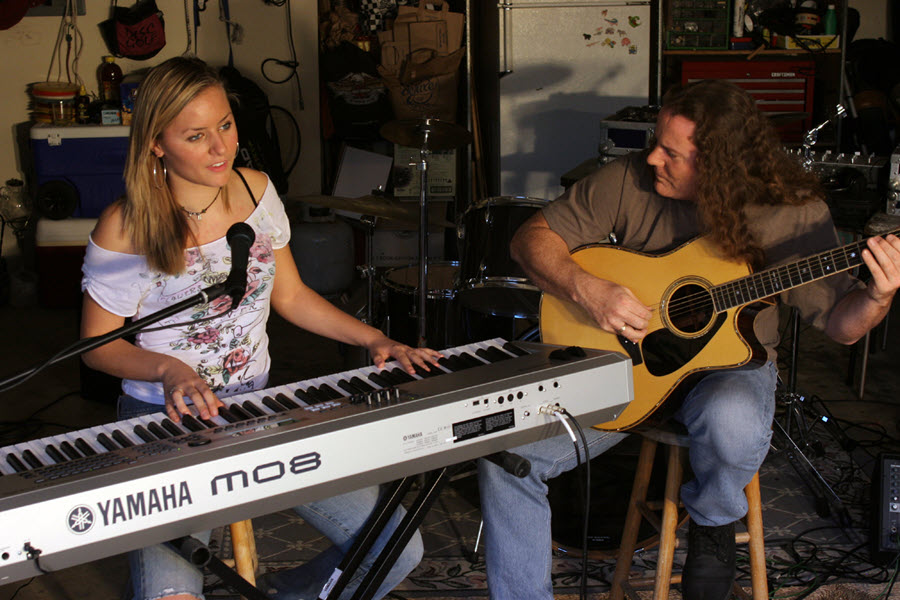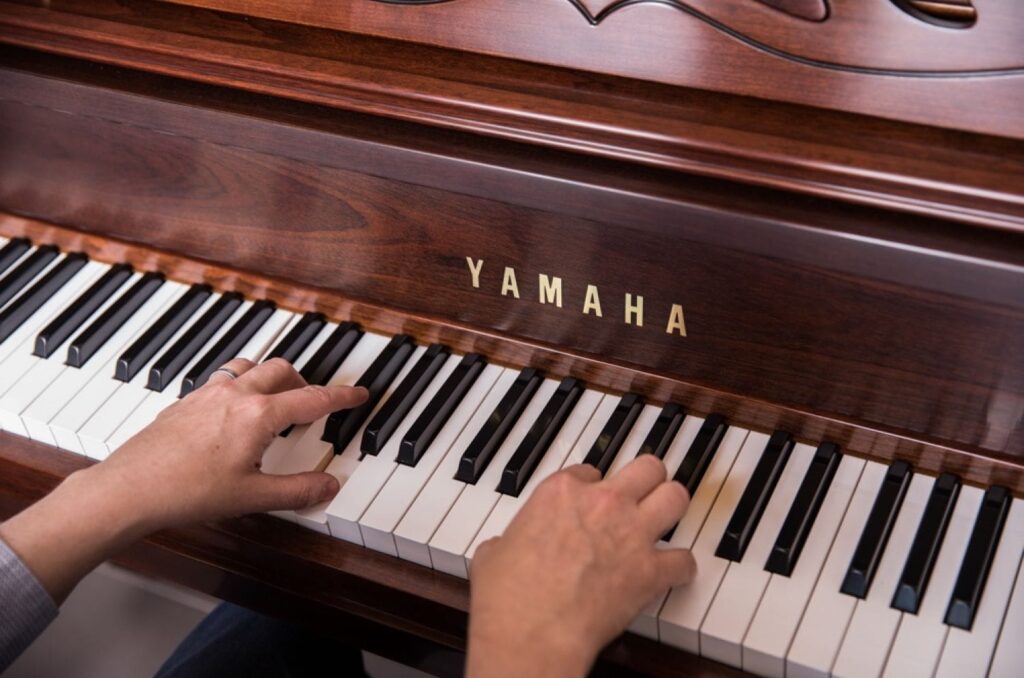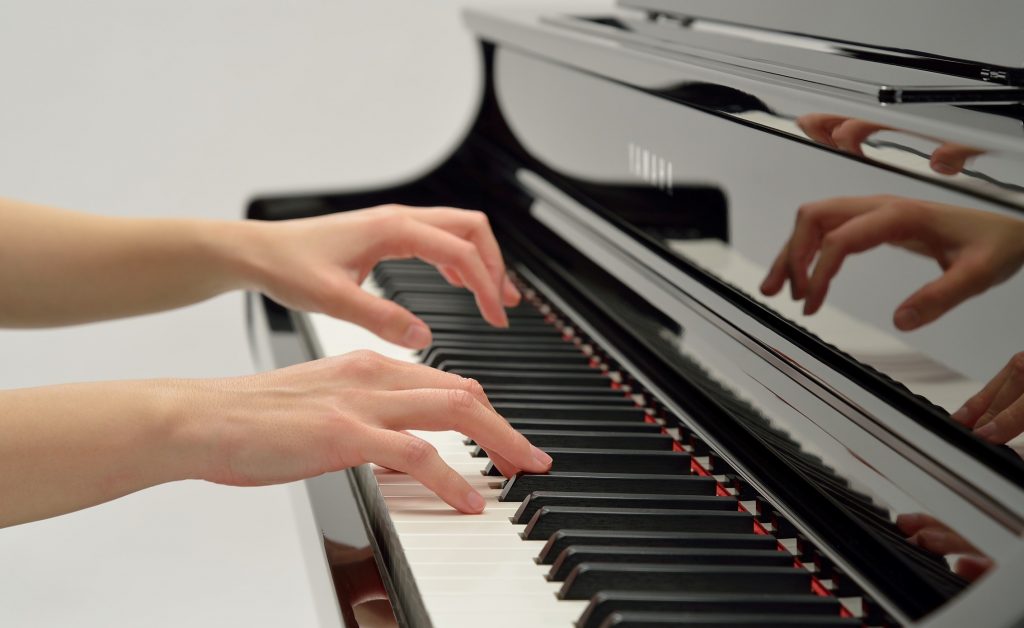Tagged Under:
Reharmonizing Songs, Part 2
Advanced concepts for changing chords.
In Part 1 of this three-part series, we covered functional harmony and traditional concepts for making a song more sophisticated. In this installment, we’ll explore harmony as color, without worrying about function or even staying within a key center.
Anything Is Possible
Start with an understanding that any given note can be treated with a wide selection of possibilities when it comes to making it a part of a chord.
To illustrate, here are some ideas for how a C can be incorporated. In this first example, it’s serving as the root. (Note: A low bass note has been added to this and the following six audio clips to help you hear the chord qualities more clearly.)

Now let’s think of a C as being the third of a chord. This gives us the choice of either an A minor or A-flat major chord quality:

Or we can treat it as the fifth of a chord, which gives us these possibilities:

If we think of it as the sixth (or 13th) of a chord we get these options:

If we use it as the seventh of a chord, it will be some type of D or D-flat chord type:

If it is the ninth (or a second) of a chord it will be some sort of B-flat, B Dominant 7th or A Dominant 7th chord:

Finally, if it is used as the fourth or the 11th of a chord, we get these choices:

For many people, this is a mind-blowing array of possibilities — I’ve listed almost 70 choices! Given so much latitude, it can be difficult to know what to do. So it helps to start with some guiding principle to help you to explore this newfound freedom.
Creating Structure Within Chaos

A good place to start is to choose one particular chord quality and then use it for every subsequent chord change. To illustrate, let’s use a melody that I employed in Part 1:
In this example, I’ll be using all minor chords, but note that the melody can be any part of the chord, from the root all the way to color tones like the 9th and 11th:

Here are the same harmonies, but with jazzier voicings:

Because you’re not clearly in any given key, the sound is open and floating; I especially like the “lift” that the last chord provides.
Of course, there’s always another way to do things, so here’s a different set of options:

Or, using more advanced chord voicings:

This exercise is a great place to start since you don’t have to worry about choosing from so many possibilities — you know that all your chords are going to have the same quality, so you can just search for a sound that supports the melody.
Finally, let’s try to change the chords more often, using some advanced voicings:

It’s good to try different chord qualities, so here’s a version based on all major seventh chords, including the use of the sharp-11th color tone:

Note that I often added 9ths and 13ths to my voicings — I even “cheated” by using a 6/9 chord in Bar 3.
Here are another set of choices:

The G-flat chord voicing in Bar 3 is a bit unusual: I think of it as an A-flat triad over a G-flat triad, even though I left out the D-flat of the lower triad.
Admittedly, these have been some of the most complex examples I’ve offered in any “Well-Rounded Keyboardist,” so take your time going through them. Click here for the final installment in this three-part series, where we continue exploring ideas for giving structure to your playing by using non-functional harmonic ideas to add color.
All audio played on a Yamaha P-515.
Check out our other Well-Rounded Keyboardist postings.
Click here for more information about Yamaha keyboard instruments.














